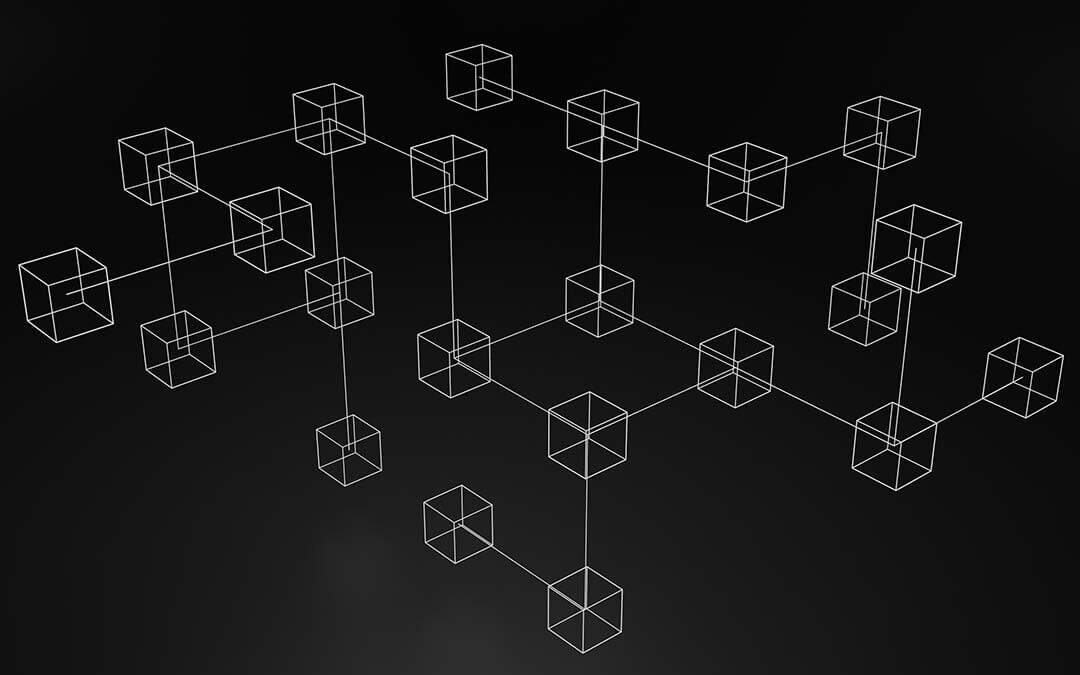Table of Contents
With this article, we will analyze the peer review and the formal method of Cardano.
The exponential impact that cryptocurrencies are having on the financial markets can make us think of how technology can evolve on a daily basis. Although blockchains are driving this sector towards decentralized regulation, it seems almost impossible to determine the future scenarios of an unpredictable fluctuation.
Over the next few minutes, we will take a closer look at the Cardano blockchain and focus the attention on the peer review and formal method setting that seem to detach themselves in a concrete way from traditional platforms, enticing those who want to invest in Cardano (Keyword: investing in Cardano).
The peer review
In order to understand what Cardano’s peer review is, it is essential to define this term more generally. Peer review represents the peer evaluation carried out by industry experts of a specific work submitted for publication. The “peers”, also known as referees, establish, through their competencies, the merit of a given publication. As it is easy to deduce, peer review is an excellent tool to guarantee the quality or otherwise of a scientific publication.
By translating the generic definition of peer review around Cardano, we come across a much broader and more interesting discussion. If traditional (second generation) platforms lay their foundations on techniques from other cryptocurrency systems, Cardano places its modus vivendi on world-class academic leaders who collaborate through international articles and world-class expertise. Cardano begins its growth path from a very high level and then evolves over time thanks to its skills.
Peer review: from a technical point of view
Investing in Cardano using a peer review system allows you to take advantage of the technical innovations proposed by the platform. The PoS system guarantees faster transactions and greater security in information transaction dynamics. The Ethereum blockchain, for example, has greater exposure to cyber-attacks or accidental errors during upgrades to new versions; Cardano frees itself from the now obsolete PoW and aims to optimize and streamline the blockchain.
A transparent approach
Using a peer review set up on a community of high-level professionals, Cardano seeks to guarantee investors unique transparency and reliability. In addition to a very clear presentation of strategic plans, Cardano provides a well-defined and detailed roadmap, the interaction with personalities capable of “arbitrate” in order to safeguard users is a point of great strength and absolute innovation.
Although the second-generation blockchains try to be stable, this does not happen periodically due to the fluctuation of cryptocurrencies. Cardano tries to guarantee, thanks to very solid bases, a filter that can allow transparency and projection to the future.
Pros of investing in Cardano
By analyzing the technical characteristics and the use of technologies aimed at the third generation, it is easy to determine the advantages that the peer review and the formal method of Cardano can guarantee to its investors. Let’s see them.
- Open source: Cardano was built using Haskell programming language, the latter is synonymous with scalability and optimization. Being able to get an open-source system guarantees investors far superior communication and interaction with the community. Cardano is also characterized by internal surveys with users aimed at understanding how to improve the platform and make it part of a mechanism in which decentralization is at its core.
- Multi-level implementation: peer review takes place at several levels; the Cardano platform is in fact, divided into two layers, one dedicated to regulation and the other to calculation. In addition to significantly improving transactions during updates, it allows you to check for errors before the service is used.
- Interaction and development: as it is easy to deduce Cardano, thanks to constant monitoring of professionals in the field, it can guarantee excellent margins for improvement in interaction and development; these are essential in the third generation blockchain project.
- Decentralized supervision: each blockchain’s primary goal is to be decentralized; unlike other second-generation platforms, Cardano implements a preventive supervision mechanism to work perfectly before being usable by investors. This ideology finds its roots in the concept of improving the technical and practical problems of the old generation blockchains, in which transactions and slowdowns are still a concrete obstacle.

Cardano formal method
Cardano blockchain is undoubtedly an interesting idea; the continuous development phase helps investors trust a solid base made up of competent and open source personalities. To fully understand why to invest in Cardano, we need to examine their formal development method.
What does formal method mean? In its most general value, the formal method identifies the ability of specific professionals to establish, through scientific and analytical methods, the successful parameters of a publication or service.
Cardano’s agile development
Cardano continues to try to quickly build a product with high-quality standards before it can be offered to the masses. This is defined as agile development, which is particularly interesting for all of those looking for a platform in continuous development.
As already mentioned, Cardano uses a scientific research methodology; more than 60 articles have been published to document the backbone of the platform. From a technical point of view, each article has significantly affected the critical aspects of second-generation platforms, building a completely different one to limit or entirely remove some of the most common problems.
Those who have a Wallet on the old generation platforms know very well the slowdowns and imperfections of those blockchains; Cardano tries to convey its investors towards a new way of managing cryptocurrencies and transactions. The code created by Cardano is not deterministic but changes every time the software is being run, reducing the chances of failure during execution.
Pros of Cardano formal method
Every innovative idea brings with it some significant advantages; let’s analyze the main ones. Greater agility: many are led to think that mathematical methods limit the possibilities of evolution of a code; in reality, it’s the exact opposite. Thanks to a lean and scientifically certified code, the platform can be faster updated and guarantee users a better experience when using the blockchain.
Software development over time: the main benefit lies in the ability to build a program that can be changed over time without blocking the blockchain during updates or transactions. Excellent premises and future perspectives: among the above advantages, there’s the use of relevant personalities such as Charles Hoskinson, with great experience in blockchains (Ethereum) and the desire to revolutionize this sector.
Conclusion
Cardano’s peer review and formal method are two elements on which this blockchain plays its best cards. Investors side, the chance of getting clear and constantly evolving mathematical analyses, combined with control by important figures, places Cardano among the most important candidates for the third generation of blockchain.
Support the project
Delegate with Pasta Pool
You may delegate even a small part of your Cardano, every contribution is precious for us.
Select [PASTA] from the staking pool list


